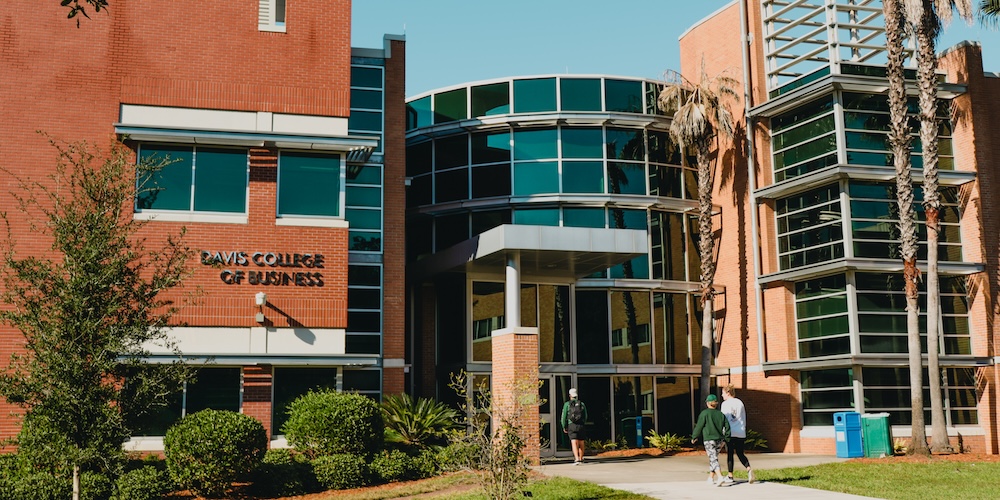Historians talk about the Industrial Revolution as a fundamental transformation in our society, when workers moved from the fields to the factories. At that time, technology and science brought people together in factories to mass produce goods. In the context of a 21st century knowledge economy here in the U.S., the pandemic has revolutionized work to the same extent as the world witnessed in the late 1800’s.
The pandemic has wreaked havoc on industry in a variety of ways. Advanced technologies available to us have allowed work to continue virtually and changed the dynamic of work-family balance such that our home spaces became work spaces. The same foundations of science will be used to further automate work so less face-to-face work is needed going forward.
One of the most interesting effects of late has been the severe shortage of labor that persists despite an unemployment rate that has yet to recover fully–the unemployment rate in August was 5.2 percent versus 3.5 percent in February 2020, meaning 8.4 million people are out of work. An additional 1.5 million people report not being able to look for work due to the pandemic.
There are a number of reasons behind this dynamic:
- The workforce is exhausted. More workers are voluntarily quitting their jobs, especially low-wage workers. Poor wages are a common reason, but the stress of rotating hours, lack of benefits, and rude customers is also a factor.
- Priorities have shifted. Childcare and health concerns are now at the forefront of decision making for many individuals. With children in remote learning or fear of devastating illness holding you back, those with an option not to work are taking it.
- The number of individuals of a working age in the U.S. is decreasing. According to the U.S. Census Bureau, the growth of the non-working age population (65 and older) is outpacing the growth of the working age population. In addition, during the pandemic we have seen millions of Americans retire before age 65, and they won’t be coming back anytime soon.
Some have hypothesized that the labor force shortage will disappear this month as federal unemployment benefits from the CARES Act expire. Early data suggest this will not be the case. Almost half of the states pulled out from the enhanced benefits package in June and July. Data from these states found both employment and growth in hourly shifts decreased—an early indicator that there are other factors holding people back from entering the labor market.
Additionally, if you combine the points above, generational factors would suggest long lasting and irrevocable changes to the workplace are here to stay. Upcoming workers in Gen Z (ages 6-24) care about different things than the group of Baby Boomers that are in the process of exiting the workforce. Gen Z value salary less than other generations and care much more about diversity and meaning in their work. They expect flexible work and flexible career paths. The pandemic is shaping their expectations–as they watch their parents switch to flex work or make decisions based on personal health and safety, they know what is possible and it will affect their beliefs about what work should look like. Hence, as we look to the future, it is up to organizations to respond in such a way as to attract and retain workers.
Early movers have already responded. Systematic plans for flexible and hybrid work have been announced. Other benefits are changing too—to attract employees, salaries are increasing, sign-on bonuses are becoming more prevalent and on-the-job training opportunities are more available. For workers, it is a buyers’ market.
For organizations, it is a race to the top to compete for talent. The advice is becoming clear, if the workforce is exhausted and their priorities have changed in a fundamental and permanent way, then industry must adapt. In the same way that flex work has blurred the boundaries between work and home to bring work into our homes, the personal will also be brought to the workplace in a dramatic fashion. Organizations must balance customer needs with the physical and mental health of employees. Gone are the days where the customer is always right to the detriment of worker mental health. Fundamental notions about the organization of work and the role of the organization must change.
Personalized benefits of more breadth and depth will be the key to attracting and keeping employees. Hybrid and part-time work with hours determined by the employee will become more prevalent. Organizations should promote and allow for healthy habits such as breaks and physical activity. Wellness programs should focus on prevention and organizations may elect to provide healthy food options, healthcare, and childcare on site. Meaningful work and social connections will not be an artifact of work, but a centerpiece of what the best companies provide as part of the job.
Time will tell the extent to which these changes are permanent, but as the pandemic goes on, it is becoming more and more likely that work for many people and many organizations will look entirely different in 2025 than it did in 2019.

